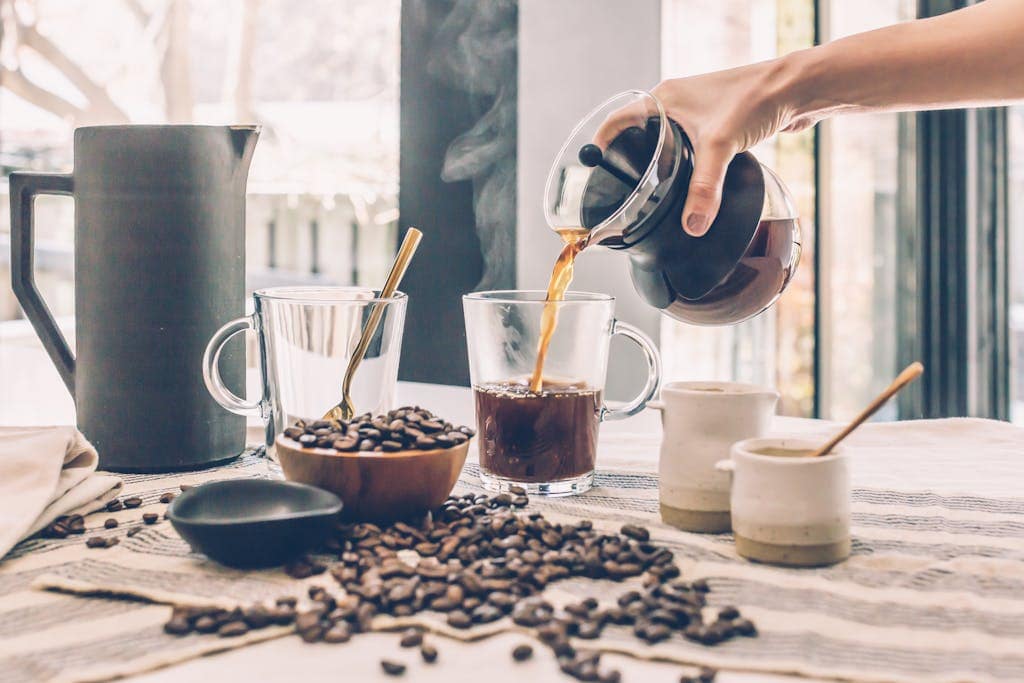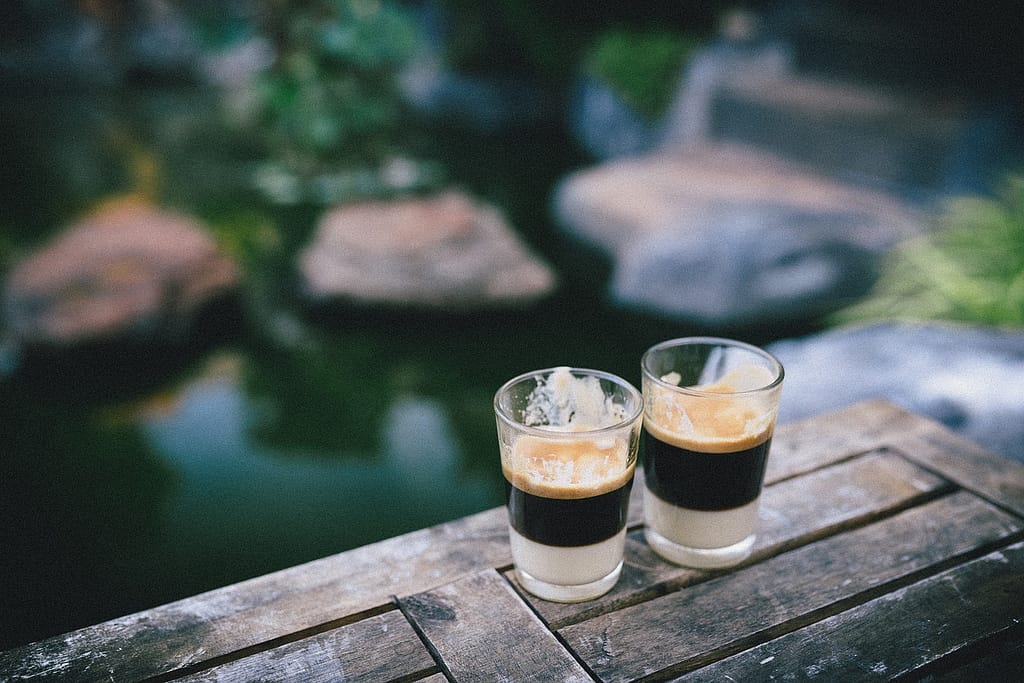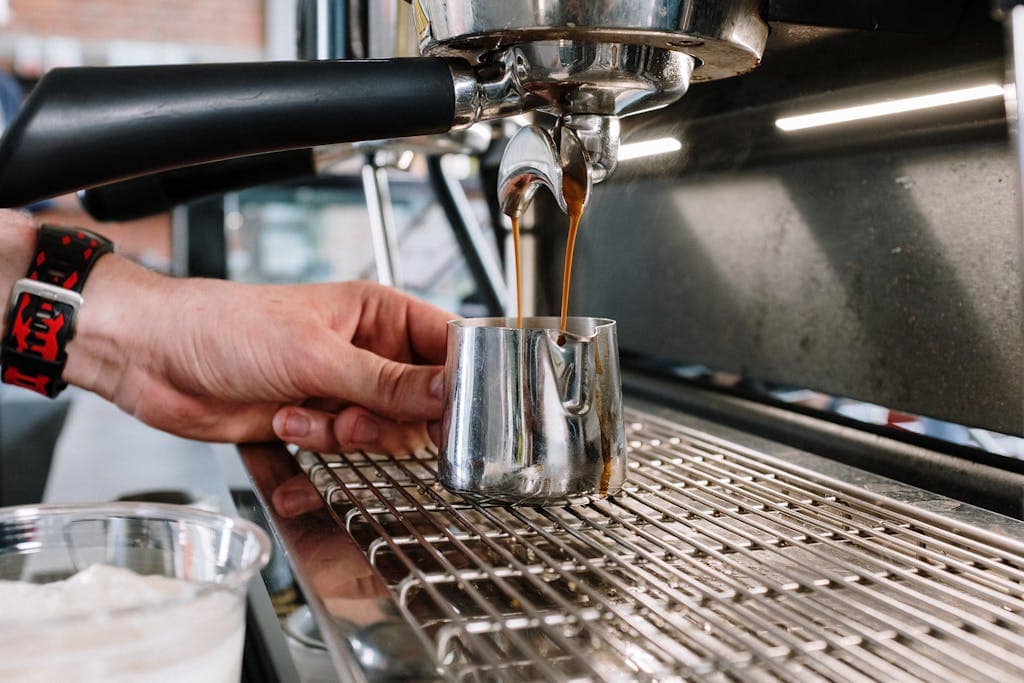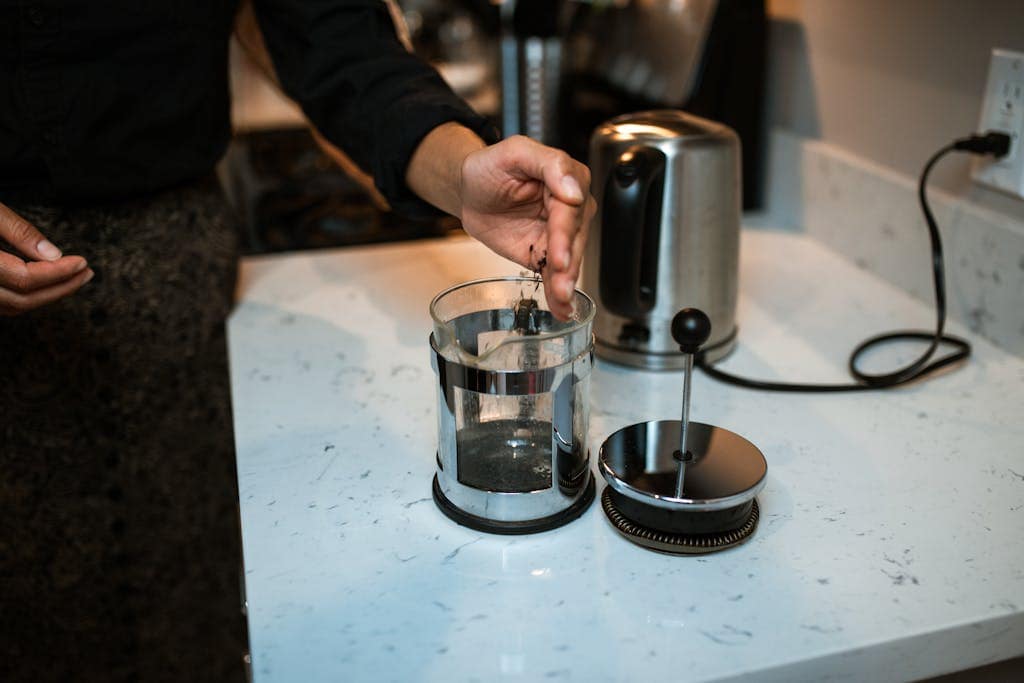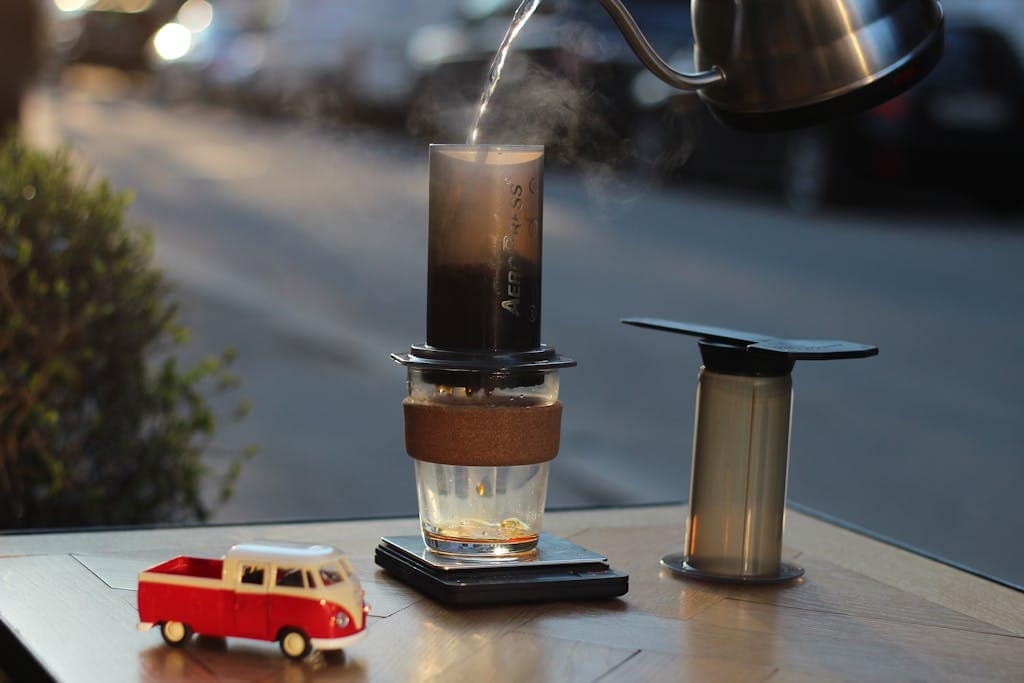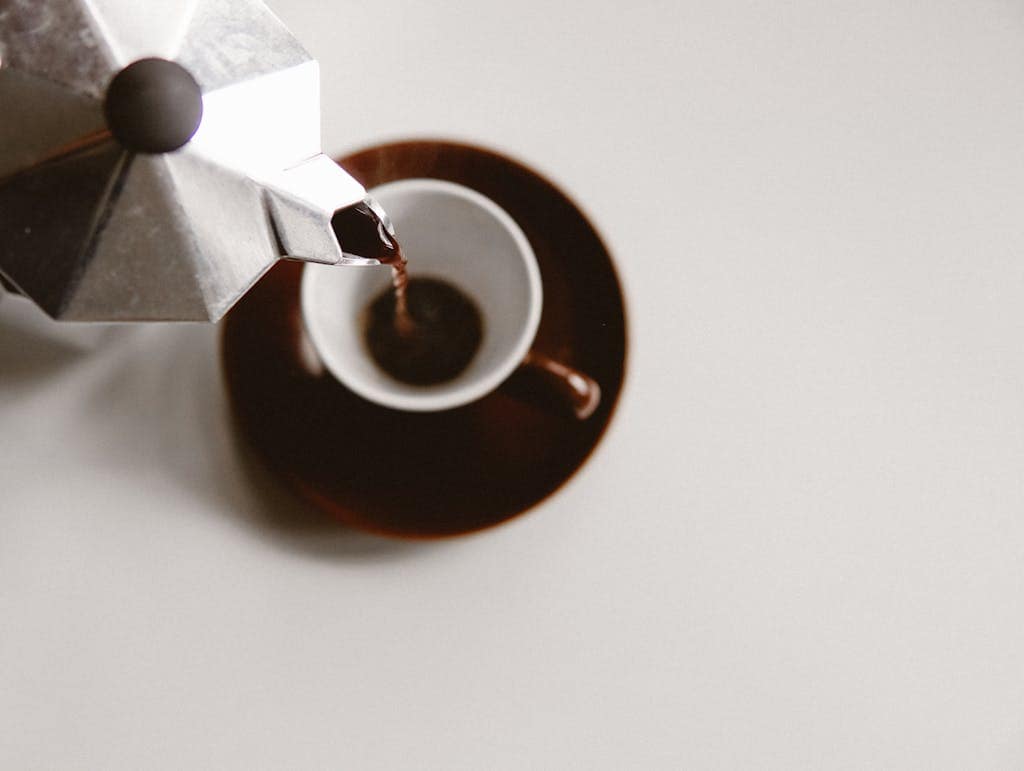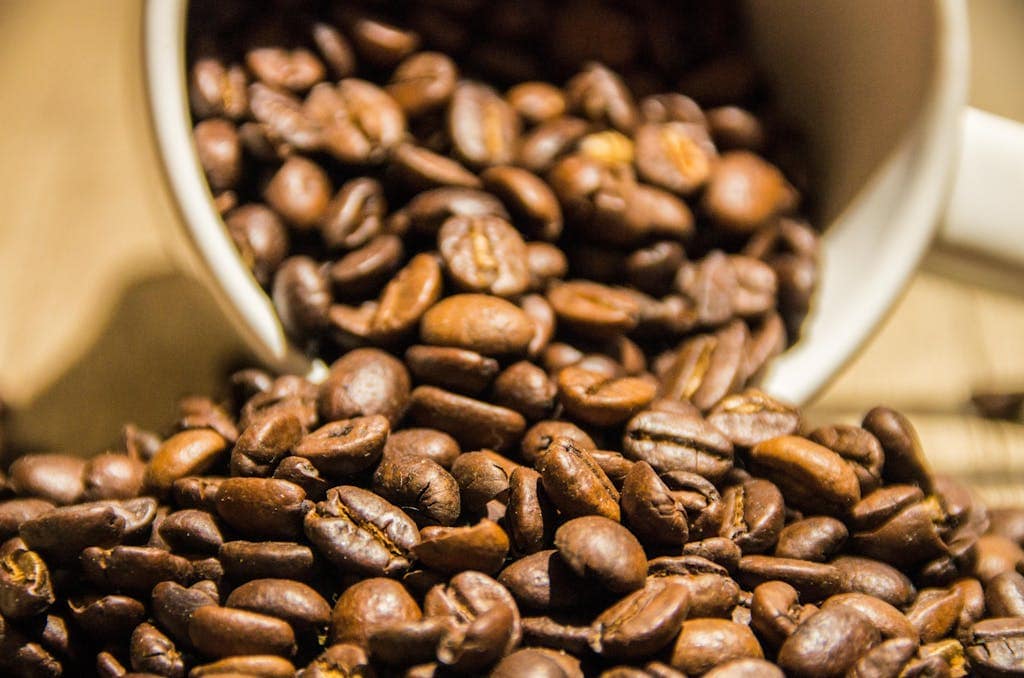Ever taken a sip of coffee that felt more like flavored water than the bold, eye-opening brew you crave? You’re not alone. Many coffee lovers seek that robust, strong cup that packs a punch, giving you the energy boost you need to kickstart your day. Strong coffee isn’t just about more caffeine; it’s about richer flavors and a fuller body that can truly satisfy a coffee aficionado’s taste buds.
In this guide, you’ll discover tried-and-true methods to make your coffee stronger. Whether you prefer the convenience of a drip machine or the ritual of a French press, we’ve got you covered. Learn how adjusting the coffee-to-water ratio, selecting the right beans, and grinding them correctly can transform your morning cup from bland to bold. Ready to brew the perfect strong coffee? Let’s get started.
Understanding Coffee Strength
When we talk about strong coffee, what exactly do we mean? It’s easy to think that strong coffee means more bitterness or just a higher caffeine content, but there’s more to it than that. Strong coffee is all about the concentration of coffee solids in the brewed coffee, which translates into richer flavors and a fuller body.
What is Strong Coffee?
Strong coffee comes down to one key factor: the ratio of coffee to water. If you use more coffee grounds and less water, you end up with a stronger brew. Think about it like making Kool-Aid; the more powder you add, the stronger the flavor gets. Strong coffee doesn’t necessarily have to be bitter or over-extracted. It’s about finding the perfect balance that suits your taste buds.
Strength vs. Bitterness
It’s a common misconception that strength equals bitterness. While it’s true that stronger coffee can sometimes be more bitter, the two are not the same. Bitterness in coffee often comes from over-extraction, where too much of the coffee’s compounds have been dissolved into the water, or from brewing with water that’s too hot.
Here’s a quick breakdown:
- Strength: Refers to the amount of coffee dissolved in the water.
- Bitterness: Often a result of over-extraction or dark roasting.
You can achieve a strong coffee without the unpleasant bitterness by using quality beans and proper brewing techniques.
How to Control Strength
To make a strong coffee, you can:
- Increase the coffee-to-water ratio: Use more coffee grounds per cup of water.
- Grind size: A finer grind can result in a stronger flavor.
- Brewing time: Letting the coffee steep longer can extract more flavors.
Avoiding Bitterness
To avoid bitterness, especially when making strong coffee:
- Use fresh, quality beans: Stale beans often taste bitter.
- Control water temperature: Keep it between 195°F to 205°F.
- Proper grind size: Too fine can lead to over-extraction, while too coarse can lead to under-extraction.
Understanding these basics will help you make a cup of coffee that’s both strong and enjoyable, without the unwanted bitterness.
Choosing the Right Beans
Selecting the right coffee beans is the foundation for making strong, flavorful coffee. Just as you wouldn’t use cheap ingredients for a gourmet meal, the quality of your coffee beans greatly impacts the final taste. Let’s explore the details.
Arabica vs. Robusta
When it comes to coffee beans, there’s a big debate: Arabica or Robusta? These are the two main types of commercial coffee beans, and they each have unique characteristics.
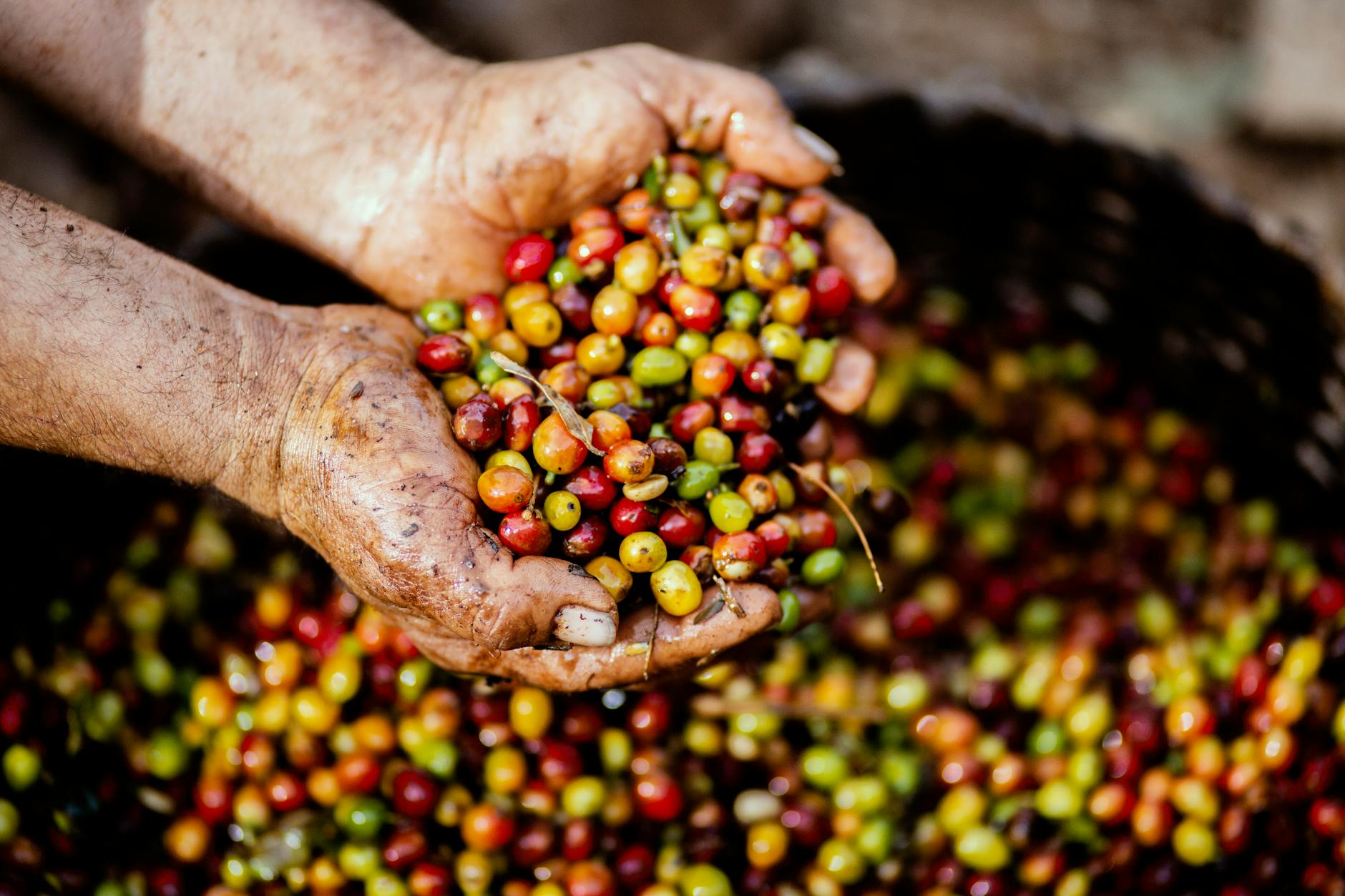
Photo by Livier Garcia
Arabica Beans:
- Grown at higher altitudes.
- Known for their smooth, complex flavors.
- Less caffeine but more sugars, leading to sweeter taste profiles.
Robusta Beans:
- Grown at lower altitudes.
- Stronger, more bitter flavors.
- Higher caffeine content, which can translate to a “stronger” cup of coffee.
For many, Arabica beans are the go-to choice for their nuanced flavors. However, if you’re after a more intense, robust flavor, Robusta or a blend that includes Robusta may be your best bet.
Roast Levels
The roast level you choose can greatly affect the strength and flavor of your coffee. Here’s how:
Light Roast:
- Retains most of the original bean’s characteristics.
- Higher acidity with a more complex flavor profile.
- Less strong as it preserves the bean’s chlorogenic acids.
Medium Roast:
- Balances acidity and body.
- Slightly stronger flavor than light roast.
- Often considered the “middle ground” with rich flavors.
Dark Roast:
- Bold, strong flavors with a noticeable bitterness.
- Lower acidity as the roasting process breaks down the natural acids.
- Results in a stronger taste but less of the original bean’s nuanced flavors.
Choosing the right beans and understanding their characteristics is key to brewing a strong, satisfying cup of coffee. Whether you prefer the smooth, sweet flavors of Arabica or the bold, bitter taste of Robusta, or perhaps a perfect medium roast, there’s a world of options to explore.
Grind Size and Consistency
Choosing the right grind size and maintaining consistency are crucial for making strong coffee. Depending on your brewing method, different grind sizes are needed to extract the boldest flavors from your beans. Let’s look at how grind size affects your coffee’s strength for two popular brewing methods: espresso and French press.
Fine Grind for Espresso
When it comes to espresso, using a fine grind is essential. Why? Because espresso machines force hot water through the coffee grounds quickly and at high pressure. The fine grind provides a larger surface area for the water to interact with the coffee, extracting flavors more effectively in a short time.
Key Points:
- High Pressure: Espresso machines operate at about 9 bars of pressure.
- Short Brew Time: Typically, espresso takes about 25-30 seconds to brew.
- Flavor Extraction: Fine grinds ensure that the water extracts the maximum amount of flavor from the coffee.
A finer grind means the water can pick up more of the coffee’s oils and flavors in the brief time it passes through the grounds. This results in a rich, strong shot of espresso that’s packed with intense flavors.
Coarse Grind for French Press
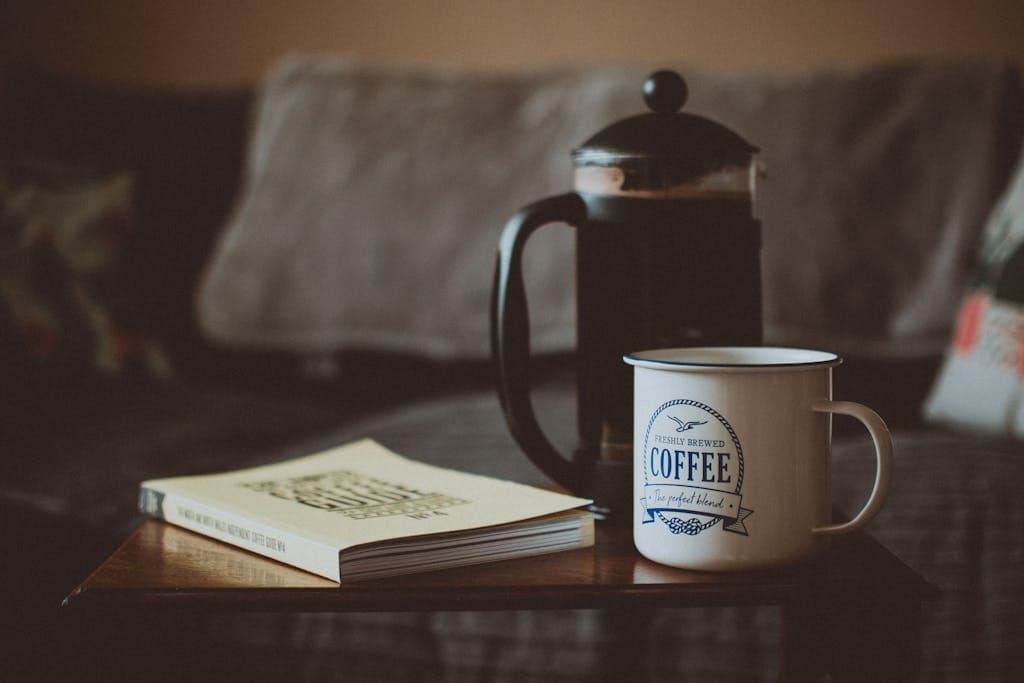
Key Points:
- Longer Brew Time: Typically 4-5 minutes of steeping.
- Fuller Body: The coarse grind allows more of the coffee’s natural oils to remain in the brewed coffee.
- Less Sediment: Coarser grounds are less likely to slip through the filter, resulting in a cleaner cup.
Using a coarse grind with a French press helps to extract a full-bodied, strong coffee without over-extracting, which can lead to bitterness. The result is a robust, flavorful cup that highlights the coffee’s natural oils and flavors.
In summary, mastering grind size and consistency is key to making a strong coffee. Whether you prefer the velvety intensity of espresso or the rich, bold flavors of French press coffee, getting your grind right will set you on the path to coffee perfection.
Brewing Methods for Strong Coffee
When it comes to making strong coffee, the brewing method you choose can make a big difference. Each method has its own technique and equipment, which can impact the flavor, body, and strength of your coffee. Here’s how you can use different brewing methods to make a robust, strong cup.
Espresso Machine
An espresso machine is a popular choice for those who love strong coffee. High pressure is used to force hot water through finely-ground coffee, extracting concentrated and rich result. Here’s how to make strong coffee using an espresso machine:
- Grind the coffee beans finely: The grind should be very fine, almost like powdered sugar. This allows for maximum flavor extraction in a short amount of time.
- Tamp the grounds firmly: Evenly distribute and press the coffee grounds into the portafilter. This ensures uniform extraction.
- Use the right amount of coffee: Typically, you’ll use about 18-20 grams for a double shot of espresso.
- Brew under high pressure: Brew your coffee at around 9 bars of pressure for about 25-30 seconds.
By following these steps, you’ll get a strong, rich shot of espresso that can kickstart your day or serve as the base for other coffee drinks.
French Press
Using a French press, also known as a press pot, is another excellent way to make strong coffee. This method allows for greater control over the brewing time and coffee-to-water ratio. Here’s how to brew strong coffee using a French press:
- Use coarse grounds: For a French press, your coffee should be ground coarsely, similar to breadcrumbs. This prevents the grounds from slipping through the mesh filter.
- Measure the coffee and water: A good starting point is a ratio of 1:15, which means for every one gram of coffee, use 15 grams (or milliliters) of water. For a stronger brew, you can use a lower ratio like 1:12.
- Steep for 4-5 minutes: Add hot water (about 200°F) and let it steep. Stir the grounds briefly, then place the lid on with the plunger pulled all the way up.
- Press and pour: After steeping, slowly press the plunger down to separate the grounds from the brewed coffee. Pour immediately to avoid over-extraction.
This method produces a full-bodied coffee with robust flavors, as the grounds have longer contact with water.
Aeropress
The Aeropress is a versatile and portable coffee brewer known for its ability to make strong and smooth coffee. It uses air pressure to push water through the coffee grounds, resulting in a concentrated brew. Here’s how to make strong coffee with an Aeropress:
- Grind your coffee medium-fine: The grind should be slightly coarser than espresso but finer than drip coffee.
- Use more coffee: For a stronger coffee, use a higher coffee-to-water ratio. You might start with 18-20 grams of coffee and 200 grams of water.
- Combine water and coffee: Place the coffee in the Aeropress, add hot water (about 200°F), and stir for about 10 seconds.
- Press slowly: Attach the plunger and press down gently and steadily for 20-30 seconds.
Using an Aeropress can produce a strong, rich cup of coffee, almost like an espresso shot.
Moka Pot
The Moka pot, often called a stovetop espresso maker, is a classic Italian way to brew strong coffee. It brews coffee by passing boiling water pressurized by steam through coffee grounds. Here’s how to use a Moka pot for strong coffee:
- Use medium-fine coffee grounds: The grind should be finer than drip coffee but coarser than espresso.
- Fill the bottom chamber with water: Fill up to the valve level to ensure it creates the right amount of steam pressure.
- Add coffee to the filter basket: Evenly distribute the coffee grounds but do not tamp them.
- Assemble and heat: Put the Moka pot together and place it on the stove over medium heat.
- Wait for the brew: The water will boil and rise through the coffee grounds, collecting in the upper chamber as brewed coffee.
This method yields a strong, espresso-like coffee that is rich and flavorful, perfect for a morning jolt or an afternoon pick-me-up.
Incorporating these methods into your coffee-making routine can help you achieve that perfect strong cup. Whether you prefer the precise control of an espresso machine or the simplicity of a Moka pot, there’s a method out there that will suit your taste.
Adjusting Coffee to Water Ratio
Finding the perfect coffee-to-water ratio is like discovering a secret recipe. It’s essential for making strong coffee that delights your taste buds. Coffee lovers often experiment with ratios to make their brew just right. Let’s explore some standard ratios and the importance of experimenting to find your favorite blend.
Standard Ratios
Different brewing methods call for different coffee-to-water ratios. Here are some common ratios for popular methods:

Photo by Dziana Hasanbekava
Drip Coffee Maker
- Regular Strength: 1:17 (One part coffee to 17 parts water)
- Strong: 1:15
French Press
- Regular Strength: 1:16
- Strong: 1:12
Espresso
- Standard Shot: 1:2
Aeropress
- Regular Strength: 1:16
- Strong: 1:15 or less
These guidelines provide a good starting point, but remember, everyone’s taste is different. Think of these ratios like the basic rules for a recipe that you can tweak to suit your preferences.
Experimenting with Ratios
Don’t be afraid to play around with the ratios. Making coffee is both an art and a science. Here’s how you can experiment:
- Start with the Standard: Begin with the standard ratio for your brewing method.
- Adjust Gradually: Change one variable at a time. Try a bit more coffee or a little less water.
- Taste and Compare: Take note of the changes in strength and flavor.
- Keep a Notes: Write down the ratios you try and your thoughts on each brew.
For instance, if you’re using a French Press and want a stronger coffee, you might start with a 1:16 ratio. If it’s not strong enough, try 1:14 next.
Experimenting helps you discover the perfect balance of strength and flavor. There’s no right or wrong answer—just what tastes best to you.
Tips for Enhancing Coffee Strength
When it comes to making a strong cup of coffee, there are a few key strategies you can use to maximize the flavor and intensity. Achieving that perfect, bold brew requires attention to detail, starting from the beans you choose to how you store them. Below are some practical tips to ensure your coffee is as strong and flavorful as possible.
Using Fresh Beans

Photo by Tim Douglas
Using fresh beans is crucial if you want to make strong coffee. Freshly roasted beans have more flavor and aroma compared to older beans that have been sitting around. When coffee beans are roasted, they release oils that contribute to the coffee’s flavor. Over time, these oils evaporate, making the beans less flavorful.
Why Fresh Beans Matter:
- More Aromatic Oils: Fresh beans contain more aromatic oils, which enhance the coffee’s strength and richness.
- Less Oxidation: Over time, beans oxidize, losing their strong flavors. Fresh beans reduce this risk.
- Better Extraction: Fresh beans allow for better extraction of flavors during brewing.
Always look for the roast date on the package and aim to use the beans within a few weeks of roasting for the best results.
Proper Storage
Storing your coffee beans properly can make a big difference in the strength and flavor of your coffee. Improper storage can lead to stale beans, which will produce a weaker brew.
Storage Tips:
- Use Airtight Containers: Keep beans in an airtight container to prevent exposure to air, which can cause them to go stale.
- Avoid Heat and Light: Store your beans in a cool, dark place. Exposure to light and heat can deteriorate the quality of your beans.
- Don’t Freeze Them: Contrary to popular belief, freezing coffee beans can cause condensation and negatively affect their flavor. Instead, store them at room temperature.
By following these storage tips, you can maintain the freshness of your beans longer, resulting in a stronger cup of coffee.
Pre-Infusion Techniques
Pre-infusion is a technique where you bloom the coffee grounds before brewing. This process allows the coffee to release CO2 gases and begin the extraction process more evenly. Pre-infusion can significantly enhance the strength of your coffee by ensuring all grounds are adequately saturated.
Steps for Pre-Infusion:
- Wet the Grounds: Add a small amount of hot water to your coffee grounds and let it sit for about 30 seconds. This process is known as blooming.
- Stir Thoroughly: Stir the wet grounds gently to ensure even saturation.
- Proceed with Brewing: After blooming, continue with your regular brewing process.
The result is a more even extraction, which helps in extracting the full flavor from the coffee grounds, making your coffee stronger and more robust.
By implementing these tips, you can easily enhance the strength of your coffee, resulting in a rich and invigorating cup. Stay tuned for more tips and methods to make your coffee even bolder!
Common Mistakes to Avoid
Making strong coffee can be tricky, and it’s easy to slip up. In this section, we’ll discuss some common mistakes people make when trying to brew strong coffee and how to avoid them.
Over-Extracting
Over-extraction happens when water stays in contact with coffee grounds for too long. This can make your coffee taste bitter and unpleasant. Who wants a cup of coffee that tastes like burnt toast?
Here are some simple ways to prevent over-extraction:
- Watch the Brew Time: Each brewing method has an optimal brew time. For example, a French Press should steep for about 4-5 minutes, and an espresso shot should extract in around 25-30 seconds.
- Adjust Grind Size: If your coffee tastes bitter, try using a coarser grind. Coarse grounds slow down extraction, reducing the chance of over-extracting.
- Mind Water Temperature: The ideal water temperature for brewing coffee is between 195°F to 205°F. Too hot, and you risk over-extracting; too cool, and you’ll under-extract.
Keeping these points in mind can help you avoid the bitterness that comes with over-extraction, leaving you with a strong, flavorful brew.
Using Stale Coffee
Stale coffee is another common mistake that can dull the strength and flavor of your brew. Imagine biting into a piece of bread that’s been left out for days—stale beans can similarly ruin your coffee experience.
Here’s how stale coffee impacts your brew and what you can do to avoid it:
- Lowered Flavor Intensity: Stale coffee beans lose essential oils and aromas, resulting in a weaker taste.
- Inconsistent Strength: Older beans won’t extract evenly, leading to an inconsistent brew.
How to Avoid Using Stale Coffee:
- Buy Fresh Beans: Always check the roast date when purchasing coffee. Aim to use the beans within a few weeks of roasting.
- Store Properly: Keep your beans in an airtight container away from light, heat, and moisture. Avoid storing them in the fridge or freezer.
- Grind Fresh: For the best flavor, grind your beans just before brewing.
By avoiding stale beans, you can ensure your coffee tastes fresh and strong, just the way you like it.
Avoiding these common mistakes will make a world of difference in the strength and quality of your coffee. Remember, small details like brew time and bean freshness can have a big impact on the final cup.
Conclusion
Brewing strong coffee is both an art and a science. Remember, it’s all about experimenting with various methods until you find the perfect balance of rich flavors and bold strength. Focus on choosing the right beans, grinding them accurately, and using the correct coffee-to-water ratio.
Don’t be afraid to try different brewing techniques like the French press, espresso, or Aeropress. Keep an eye on the grind size and brewing time to avoid common pitfalls like over-extraction and bitterness.
So go ahead, get your hands on some fresh beans, and start brewing. Your perfect cup of strong coffee is out there waiting for you to discover. Enjoy the journey and the rich, invigorating flavors along the way!

